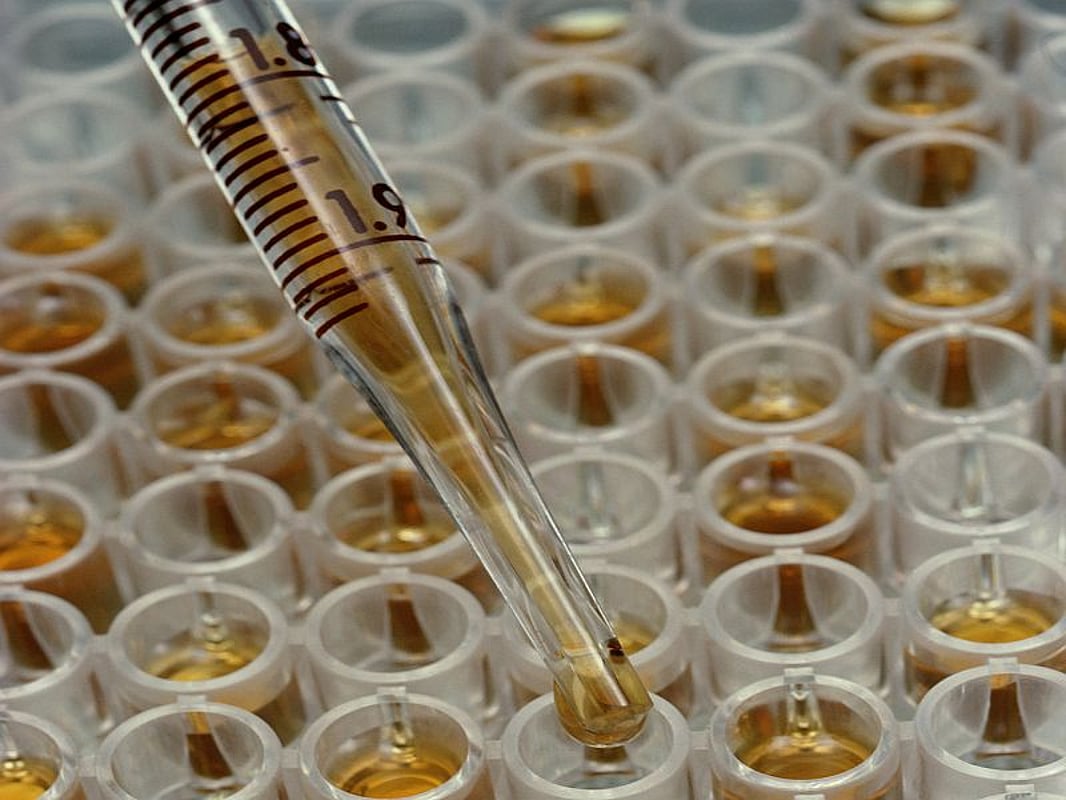CDC Turns to Wastewater Data to Track Spread of COVID-19

FRIDAY, Feb. 4, 2022 (HealthDay News) -- Federal health officials announced Friday that they are expanding nationwide efforts to track COVID-19 by monitoring virus levels found in raw sewage.
The U.S. Centers for Disease Control and Prevention expects to add an additional 250 surveillance sites during the next few weeks to a list of more than 400 places that already regularly test their wastewater for bits of COVID-19 virus, Amy Kirby, Ph.D., M.P.H., program lead for the CDC National Wastewater Surveillance System, said during a morning media briefing.
"Because increases in wastewater [virus] generally occur before corresponding increases in clinical cases, wastewater surveillance serves as an early warning system for the emergence of COVID-19 in a community," Kirby said. "These data are uniquely powerful because they capture the presence of infections from people with and without symptoms, and they're not affected by access to health care or availability of clinical testing."
The CDC is also adding wastewater surveillance data to the agency's COVID Data Tracker site, so people can see trends in their communities, Kirby added. Estimates suggest between 40 and 80 percent of people infected with COVID-19 shed viral RNA in their feces, whether or not they have developed symptoms, Kirby said.
"The shedding in feces starts very early after someone is infected. It's in fact one of the first signs that we see of infection, which is really important for this early warning capability for wastewater," Kirby said. "We see those rates go up very, very high, so lots of virus shed in feces very early in the infection, and then it tails off."
With this in mind, the CDC started the National Wastewater Surveillance System (NWSS) in September 2020 to forewarn communities facing a future COVID-19 surge. The NWSS now collects more than 34,000 samples daily representing approximately 53 million Americans, Kirby said.
Public health agencies can use COVID-19 wastewater tracking to plan where to place mobile testing and vaccination sites within communities, as well as warn local hospitals to brace themselves for an upcoming surge, Kirby noted. Some states are also performing genetic sequencing on their wastewater samples, she added, to track the potential emergence of new COVID-19 variants.
Related Posts
4 Genes May Raise Risk for Suicide
WEDNESDAY, Dec. 14, 2022 (HealthDay News) -- Scientists have pinpointed four...
Veterans Often Reluctant to Admit Struggles With Sleep, Addictions
TUESDAY, Aug. 16, 2022 (HealthDay News) -- A new study of U.S. military veterans...
Higher Levels of Toxic Metals Found in Blood, Urine of Regular Marijuana Users
WEDNESDAY, Aug. 30, 2023 (HealthDay News) -- Marijuana users may be building up...
Un medicamento podría ser una alternativa para tratar las ITU sin antibióticos
VIERNES, 11 de marzo de 2022 (HealthDay News) -- Es común que las mujeres que...
